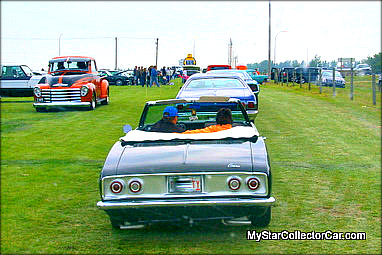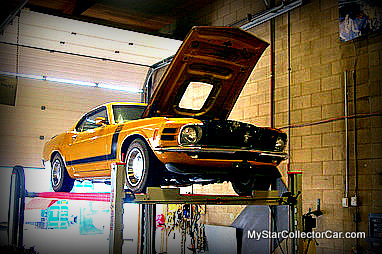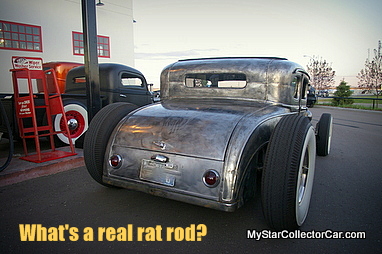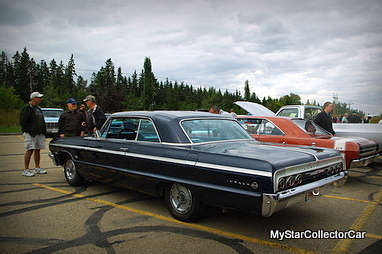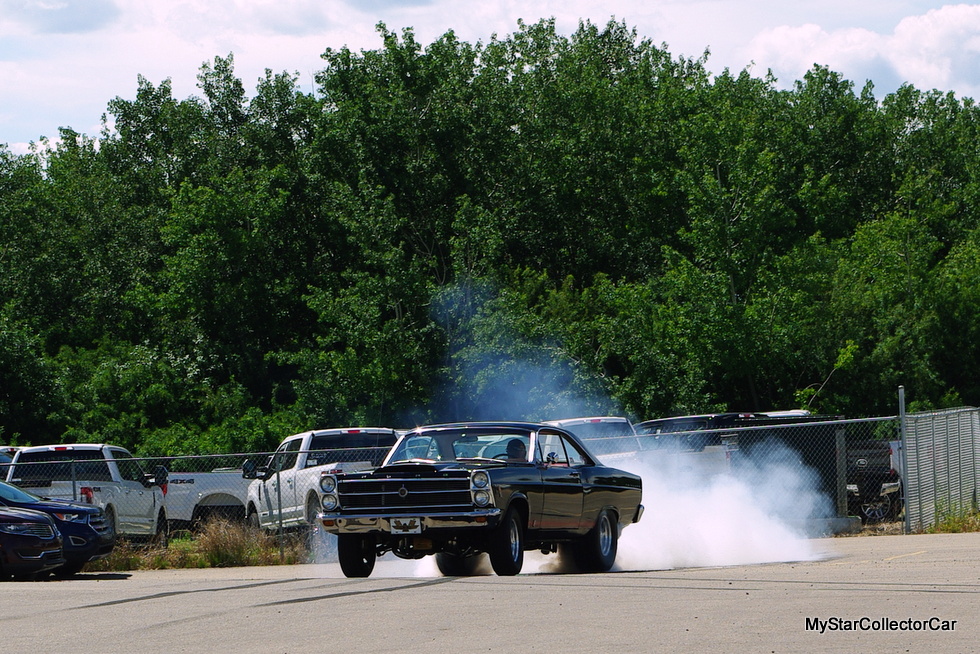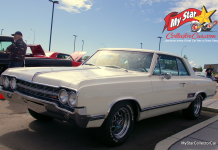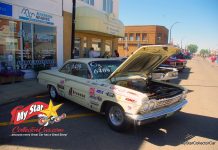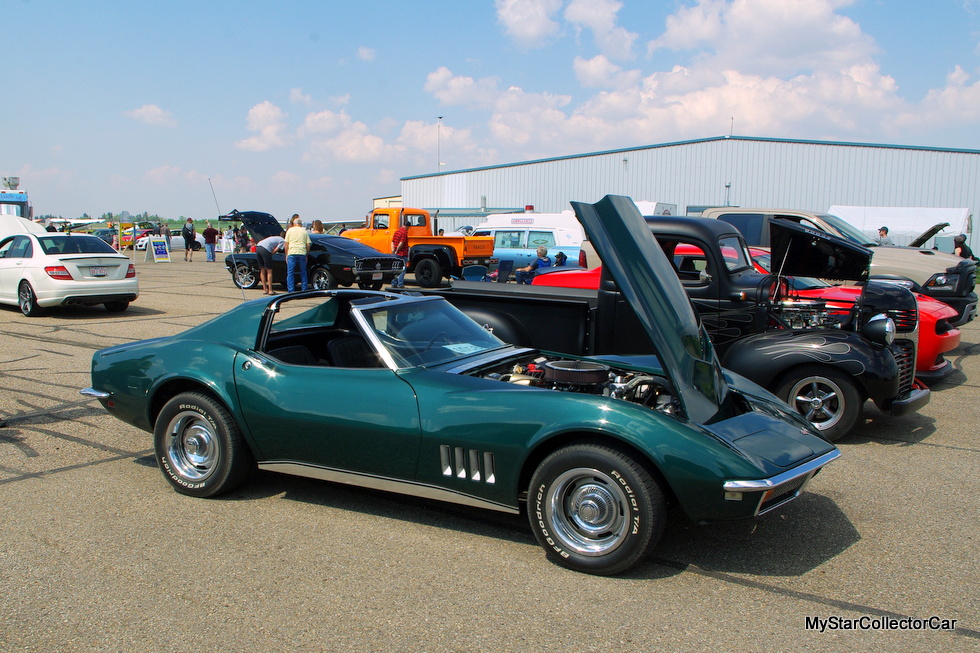
The post-war era of Detroit was a steep climb in the evolution of cars.
They got lower, more powerful, uniquely stylish and faster during the fabulous 50s and into the sensational 60s.
The cars were bigger and flashier during the post-war era and many of them underwent serious annual cosmetic surgery.
The exception to the bigger and faster concept in Detroit actually began in the early 50s when the Nash Rambler hit the roads of North America in a small way. The car was a pre-AMC merger product and it was an unusual set of wheels.
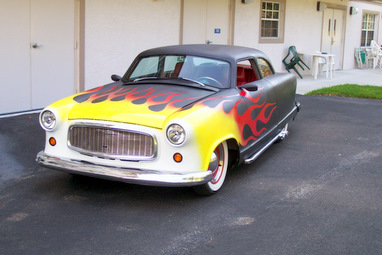
The Nash Rambler was smaller than any of its competitors and it came only in a two door convertible model during its inaugural model run in 1950. It claimed 30 mpg, a lofty mileage figure in the post-war era.
The little car became famous in a 1958 song by the Playmates called ‘Little Nash Rambler’, a novelty song that played off its lack of power with a car chase scenario that exaggerated its power-really exaggerated its power.
The Nash Rambler technically ran its last production mile in 1955, concluding a five year run but the body style lived on for several more years .
The domestic compact car torch was passed to another small and now-extinct manufacturer, Studebaker, with its compact Lark model in 1959. The little Studie beat the Big Three to the market by a year as the big boys answered the bell with their 1960 model lineups.

The rise of the suburbs also meant the need for more cars in a family to cover the daily grind of commuting to work and daily family needs. An extra car was necessary to handle the load and a compact model conceivably provided parking and fuel consumption advantages to its owners.

The Ford Falcon, Chrysler Valiant and Chevrolet Corvair turned the compact car war into a heavyweight battle in 1960. The Big Three saw a market segment pioneered by its smaller competitors and jumped into the game.
The air-cooled Corvair was also a GM reaction to the invasion of the VW Beetle, a little German car that made a few waves on this side of the pond.
The more powerful Corvair offered a stronger likelihood that its drivers would not get run over on a freeway by a fast-moving big car as quickly as the anemic Beetle.

But most compact car owners preferred to avoid highways during the early 60s because the cars were designed to get into smaller parking spaces on city streets. The earliest compacts from Detroit were not going to blow your hair back with brute force acceleration. They were built to get a giant herd of unruly kids stuffed into a small car and driven to a baseball practice with minimal fuel consumption on the short trip.
Detroit would eventually muscle up its compact cars but they were born with an early 60s soccer mom in mind when they hit the streets of suburbia, and street racing was not a big ticket item for the moms.

The idea of a compact car got even smaller as the automotive world searched for tinier ways to get around big gas pump prices in the 70s. They called them sub-compacts and, in a McDonalds-munching- waste-line- expanding kind of 21st Century world, they are not a great fit for economy-sized people in a new age of even smaller cars.
Even less of a fit than the original compacts from Detroit when we were all skinny kids.
Jim Sutherland
More car stories at– https://www.mystarcollectorcar.com/

































